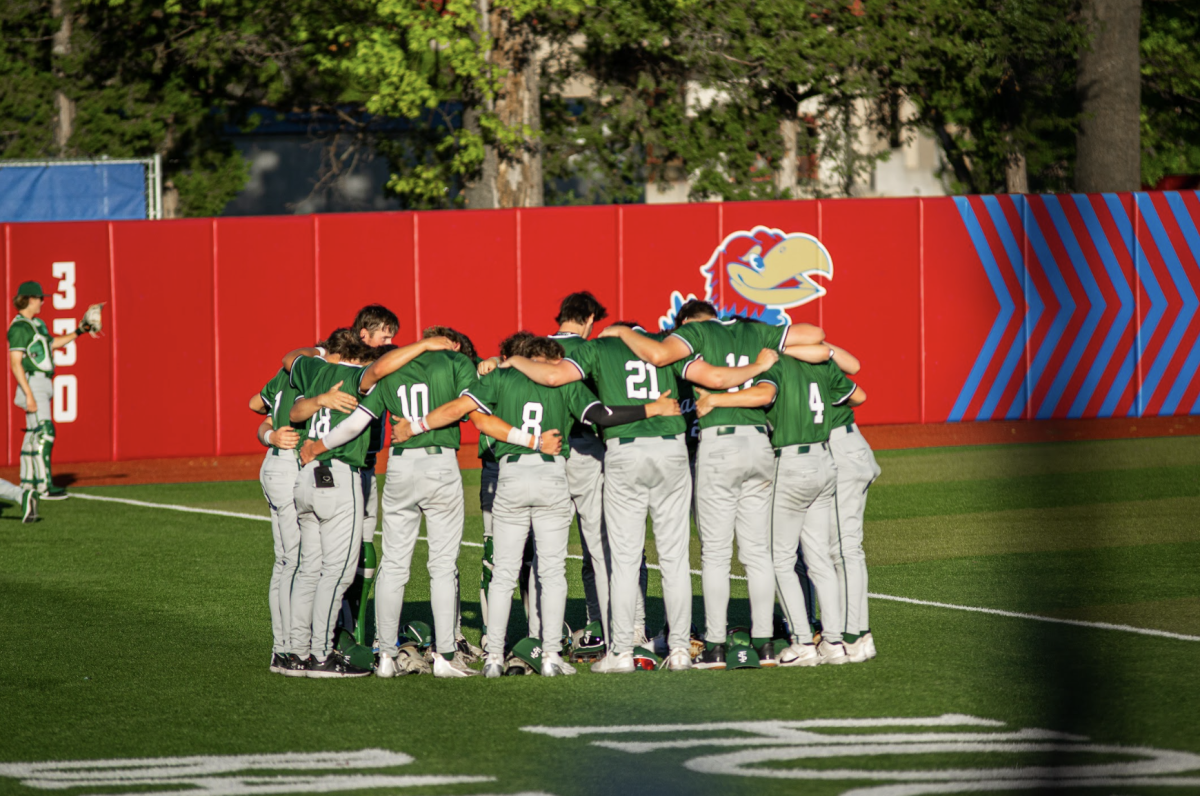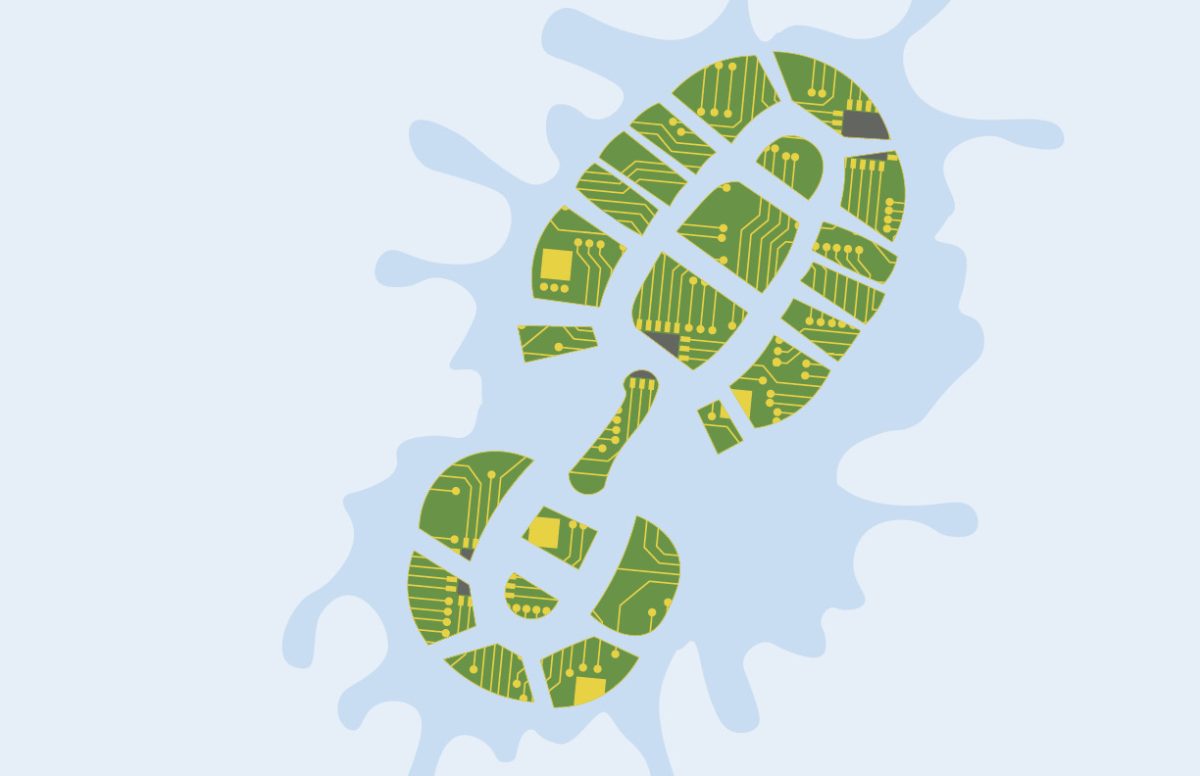Statistically, 39% of all high schoolers are chronically absent, and 49% of seniors face chronic absenteeism every year. According to Unified Insights, any student with less than 90% attendance is defined as chronically absent.
Because of these alarming statistics, school administration has begun to address chronic absenteeism in many ways. Around the school, there are signs broadcasting class attendance, presentations preaching perfect attendance and strict policies encouraging students to make it to class on time.
Despite these efforts, staff has yet to acknowledge the potential causes behind students alarming truancy rates. In reality, many students are dealing with an overabundance of stress, with rigorous course loads, rocky home lives, sports seasons, work obligations, unreliable transportation or a lack of comfort at school.
These stressors, which are seen all throughout different members of the student body, will not be solved with a simple presentation, after-school detention or a call home to parents.
Although good attendance is undeniably important to a student’s education, being absent does not always directly equate to bad grades. Even with good attendance, students are still inevitably faced with issues that will reflect on their grades.
For students dealing with issues at home, being marked “present” in class does not necessarily mean they are present in their learning. The conditions students are faced with outside of school do not leave the doors of the school building.
Furthermore, for students already troubled at home, a constant barrage of emails and calls to a parent or guardian or forced detentions could cause more problems instead of fixing things.
These conditions can also foster a negative teacher-student relationship, which could be especially important for students who lack connections. Teachers and administrators are supposed to be able to support students who are struggling, but when they are punishing students for their absences caused by nuanced issues, they only push students further away.
For a student who is already struggling to attend school, staff members placing further difficulties, such as detention, as a form of punishment will not encourage them to attend school or fix attendance problems.
Additionally, these policies disproportionately affect students of color and low-income families, though that should not lead to disproportionate punishments for student demographics. Attendance issues should be treated with care for each individual student and work to find a solution that can help a student, rather than reducing them to a statistic plastered on a poster board.
If someone is struggling with their mental health, the last thing they need to hear from their parents and administrators is, “15 minutes late, 30 minutes late—marked absent, 5 days absent—facing truancy.” They should be asked what they need to feel comfortable in a school environment.
It is crucial for students to have multi-faceted support rather than punishment. The possible interventions provided by the school should be implemented and promoted for all students, regardless of their attendance status.
























